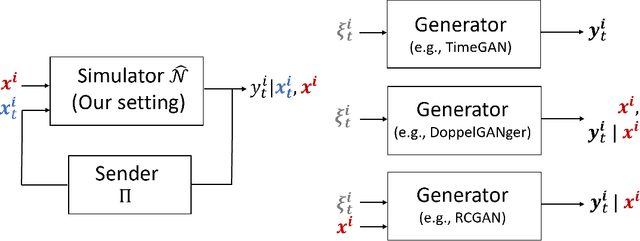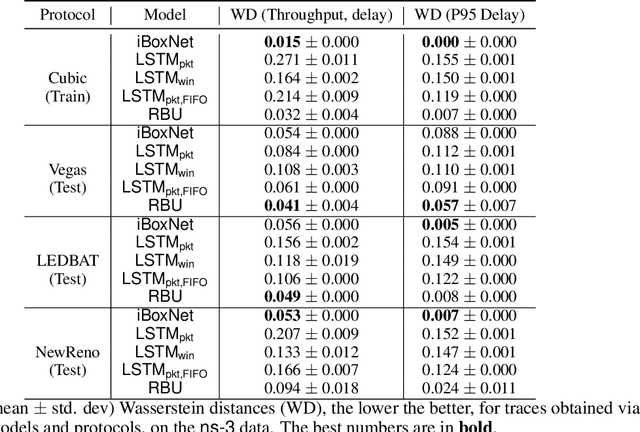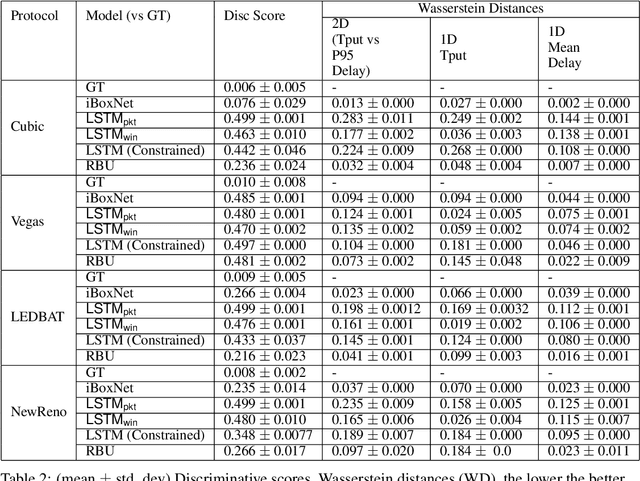Simulating Network Paths with Recurrent Buffering Units
Paper and Code
Feb 23, 2022



Simulating physical network paths (e.g., Internet) is a cornerstone research problem in the emerging sub-field of AI-for-networking. We seek a model that generates end-to-end packet delay values in response to the time-varying load offered by a sender, which is typically a function of the previously output delays. We formulate an ML problem at the intersection of dynamical systems, sequential decision making, and time-series generative modeling. We propose a novel grey-box approach to network simulation that embeds the semantics of physical network path in a new RNN-style architecture called Recurrent Buffering Unit, providing the interpretability of standard network simulator tools, the power of neural models, the efficiency of SGD-based techniques for learning, and yielding promising results on synthetic and real-world network traces.
 Add to Chrome
Add to Chrome Add to Firefox
Add to Firefox Add to Edge
Add to Edge